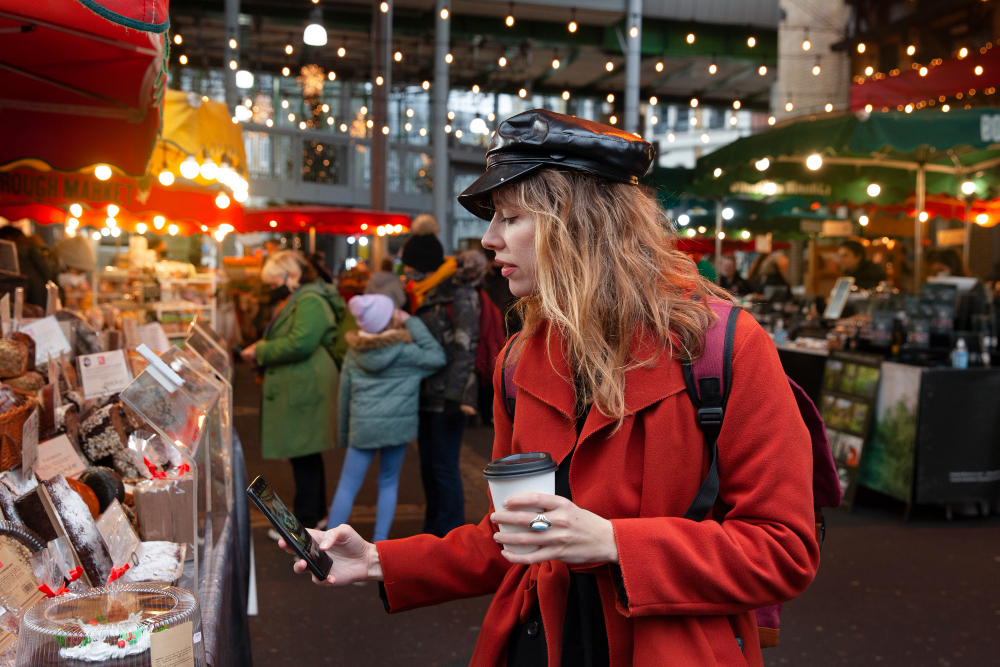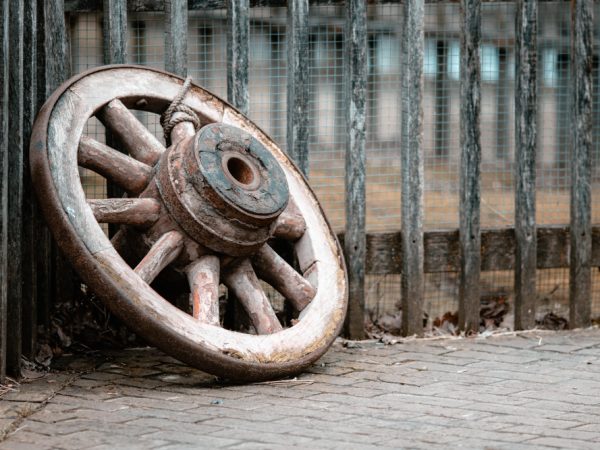Cultural Fusion and Commerce: Exploring the Diversity of London’s Markets

London, a city celebrated for its rich history and cultural diversity, boasts a vibrant array of markets that reflect its eclectic heritage. From traditional markets steeped in history to modern and multicultural bazaars, these bustling marketplaces serve as both commercial hubs and cultural melting pots. In this article, we delve into the diversity of London’s markets, highlighting their unique characteristics, historical significance, and their role in fostering cultural fusion and commerce.
Markets as Cultural Crossroads
The Intersection of Culture and Commerce
London’s markets embody the city’s multicultural essence, where cultural fusion and commerce intertwine to create dynamic spaces that offer unique shopping experiences.
Borough Market: A Culinary Adventure
Borough Market, one of London’s oldest markets, is a paradise for food enthusiasts. This culinary haven offers an array of international cuisines, showcasing the city’s diverse culinary heritage and providing a platform for artisanal producers.
Portobello Road Market: Vintage Treasures
Portobello Road Market’s colorful stalls are known for vintage clothing, antiques, and bric-a-brac. This market’s eclectic offerings reflect London’s historical layers and provide a glimpse into the city’s past.
Camden Market: Alternative Culture Hub
Camden Market has become synonymous with alternative fashion, music, and art. Its unique character celebrates the city’s counterculture, attracting both locals and tourists seeking unconventional and artistic finds.
Preserving Tradition and Heritage
Historical Markets: A Glimpse into the Past
London’s historical markets are more than just shopping destinations; they are living remnants of the city’s past, preserving traditions and connecting generations.
Covent Garden Market: Theatrical Legacy
Covent Garden Market, once a fruit and vegetable market, has transformed into a cultural hub featuring street performances, live entertainment, and artisanal goods. Its theatrical heritage adds a touch of whimsy to the shopping experience.
Leadenhall Market: Architectural Marvel
Leadenhall Market’s stunning architecture harks back to the 14th century. This covered market is a treasure trove of shops and eateries, blending historical charm with contemporary commerce.
Global Influences and Multiculturalism
Multicultural Markets: Celebrating Diversity
London’s markets are microcosms of the world, reflecting the city’s multiculturalism and celebrating the contributions of various communities.
Brick Lane Market: East Meets West
Brick Lane Market is a testament to London’s cultural fusion. It combines vintage fashion, international cuisine, and vibrant street art to create a dynamic and multicultural atmosphere.
Petticoat Lane Market: A Cultural Bazaar
Petticoat Lane Market, with its history dating back to the 17th century, showcases textiles, fashion, and goods from around the world. The market’s global influences highlight London’s role as a melting pot of cultures.
Commerce and Community Building
Markets as Community Spaces
Beyond commerce, London’s markets play a crucial role in building communities, fostering connections, and promoting social interactions.
Greenwich Market: Artisanal Community
Greenwich Market features handmade crafts, art, and antiques, creating a vibrant community of artisans and artists. It offers a platform for local creatives to showcase their talents and connect with visitors.
Maltby Street Market: Culinary Haven
Maltby Street Market’s selection of gourmet street food and artisanal produce brings together food enthusiasts and local producers. The market’s community vibe fosters connections and conversations around culinary delights.
Preserving Heritage and Innovation
Striking a Balance
London’s markets are a harmonious blend of heritage and innovation, preserving traditions while embracing modernity.
Borough Market: Traditional Values, Modern Twist
Borough Market’s commitment to sustainability and locally sourced produce marries tradition with innovation. It showcases the fusion of historical practices and contemporary trends.
Old Spitalfields Market: Modern Transformation
Old Spitalfields Market has evolved from a Victorian market to a modern retail and events space. It strikes a balance between preserving its historical charm and adapting to changing consumer preferences.
Frequently Asked Questions
How do London’s markets contribute to the city’s cultural diversity?
London’s markets bring together a plethora of cultures, offering goods, cuisine, and experiences from around the world. They provide a space where cultural exchange and diversity thrive.
What role do markets play in preserving London’s history and heritage?
Historical markets like Borough Market and Leadenhall Market preserve the city’s architectural heritage, trade traditions, and historical narratives, allowing visitors to connect with London’s past.
How do London’s markets support local communities and businesses?
Markets serve as platforms for local artisans, small businesses, and entrepreneurs to showcase their products and talents. They foster a sense of community by bringing together producers and consumers.
How have London’s markets adapted to modern consumer preferences?
Many markets have embraced modern trends by incorporating sustainable practices, offering unique and innovative products, and providing platforms for emerging designers, artists, and chefs.
What can visitors expect from a visit to London’s markets?
Visitors can expect a diverse range of goods, from international cuisine and fashion to vintage treasures and artisanal crafts. Beyond shopping, markets offer cultural immersion, social interactions, and a taste of London’s rich heritage.
In conclusion, London’s markets are not just places of commerce; they are vibrant expressions of the city’s cultural diversity, historical heritage, and commitment to sustainable practices. These marketplaces serve as meeting points where cultural fusion, commerce, and community building converge, creating spaces that celebrate London’s past while embracing its future. Whether preserving tradition, reflecting multiculturalism, or fostering connections, London’s markets are a testament to the city’s enduring spirit and its ability to evolve while maintaining its unique character.
Also Read: Sustainable Business Practices: London’s Commitment to a Greener Future











